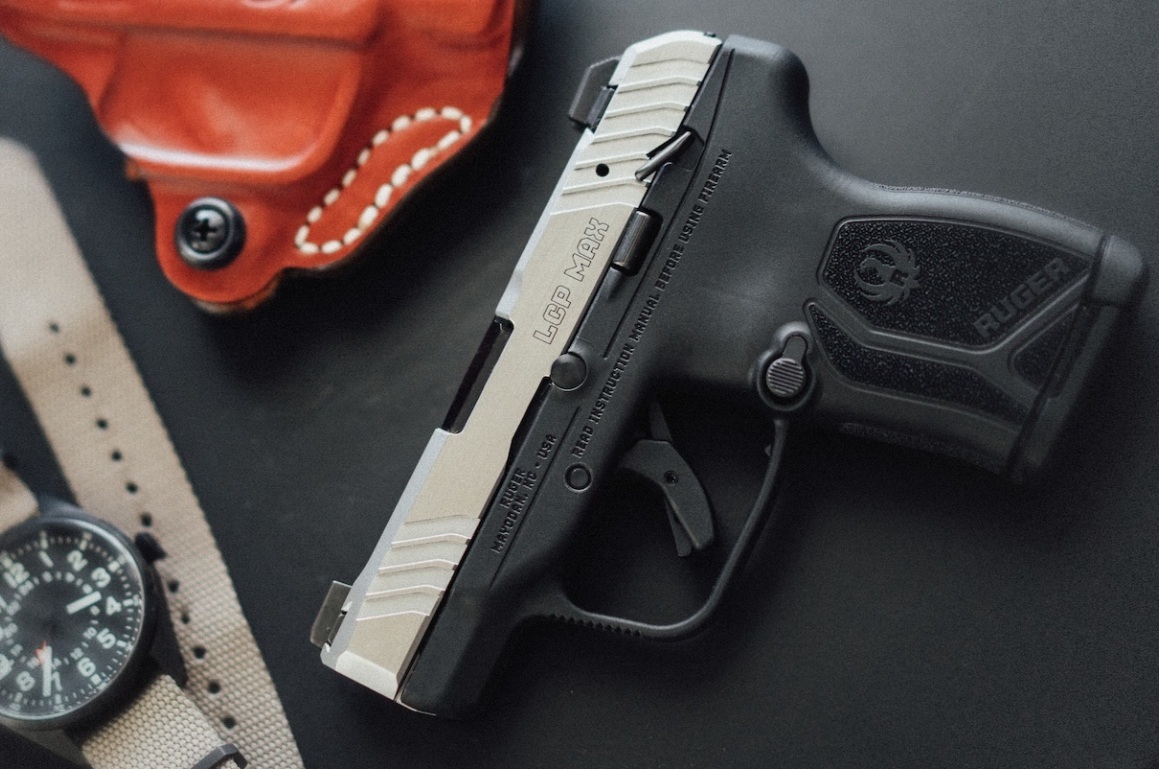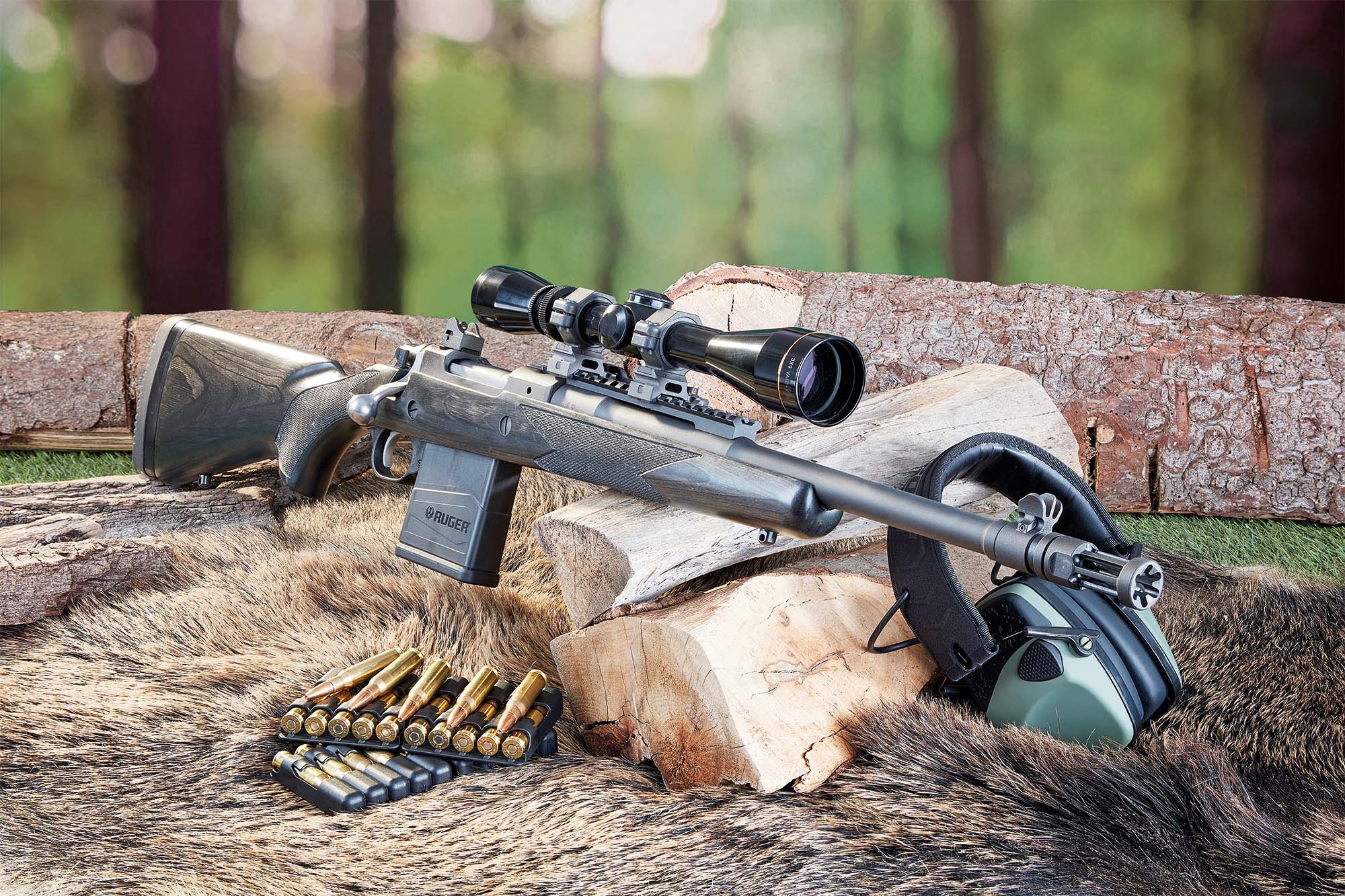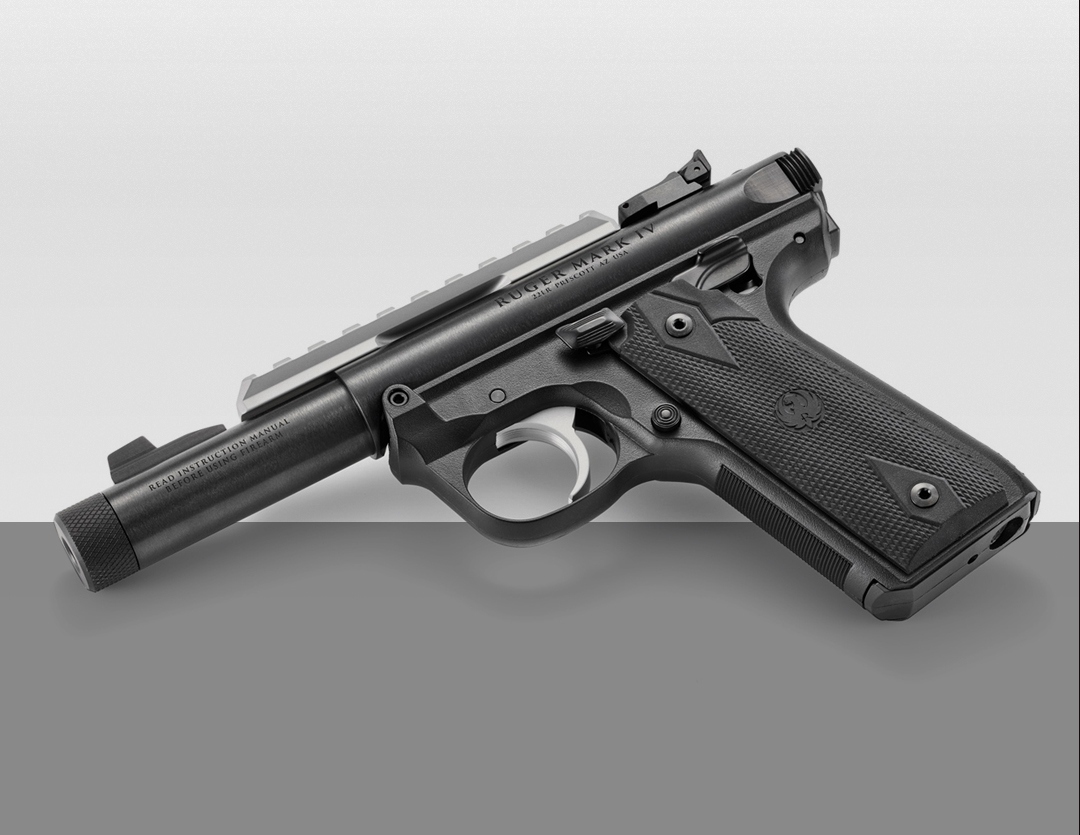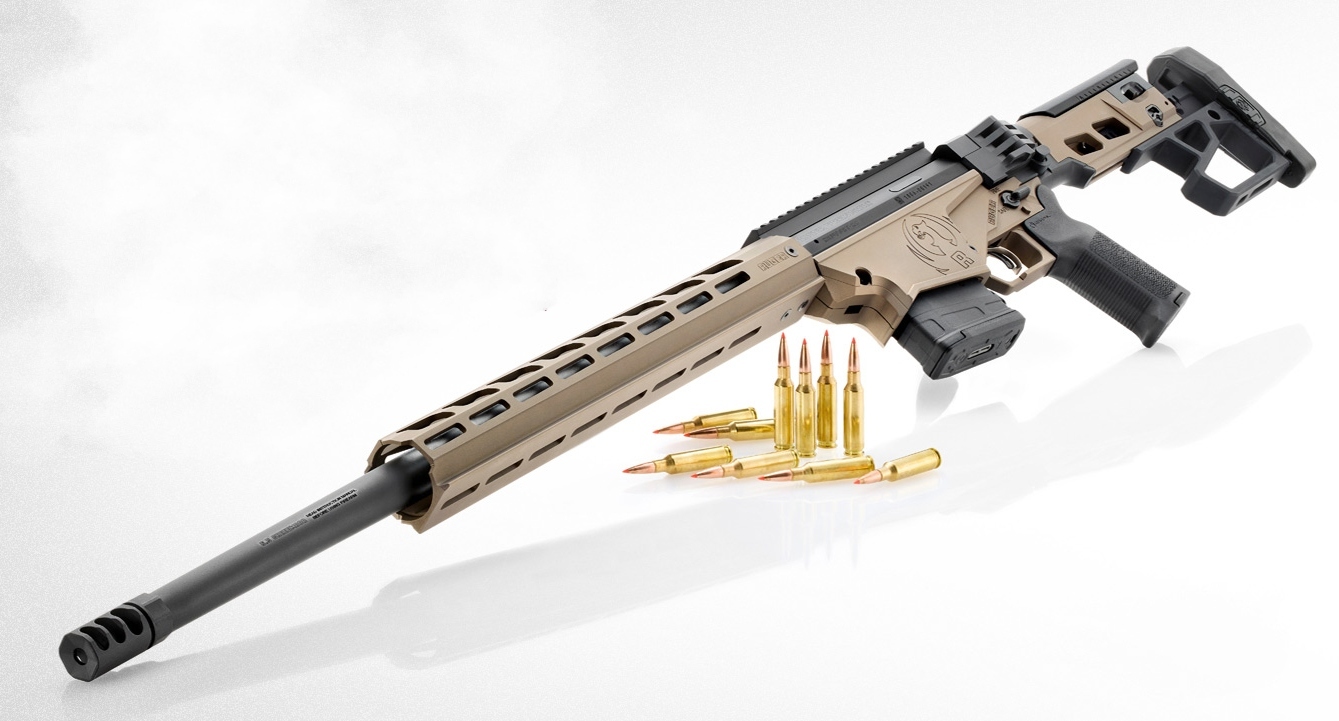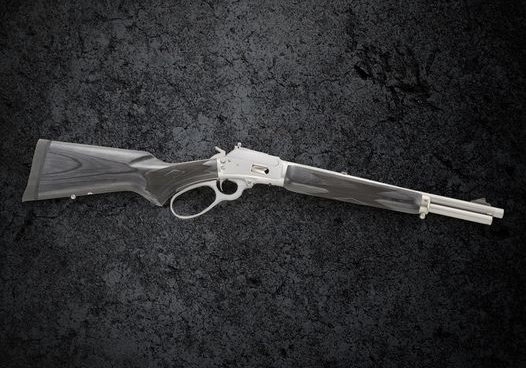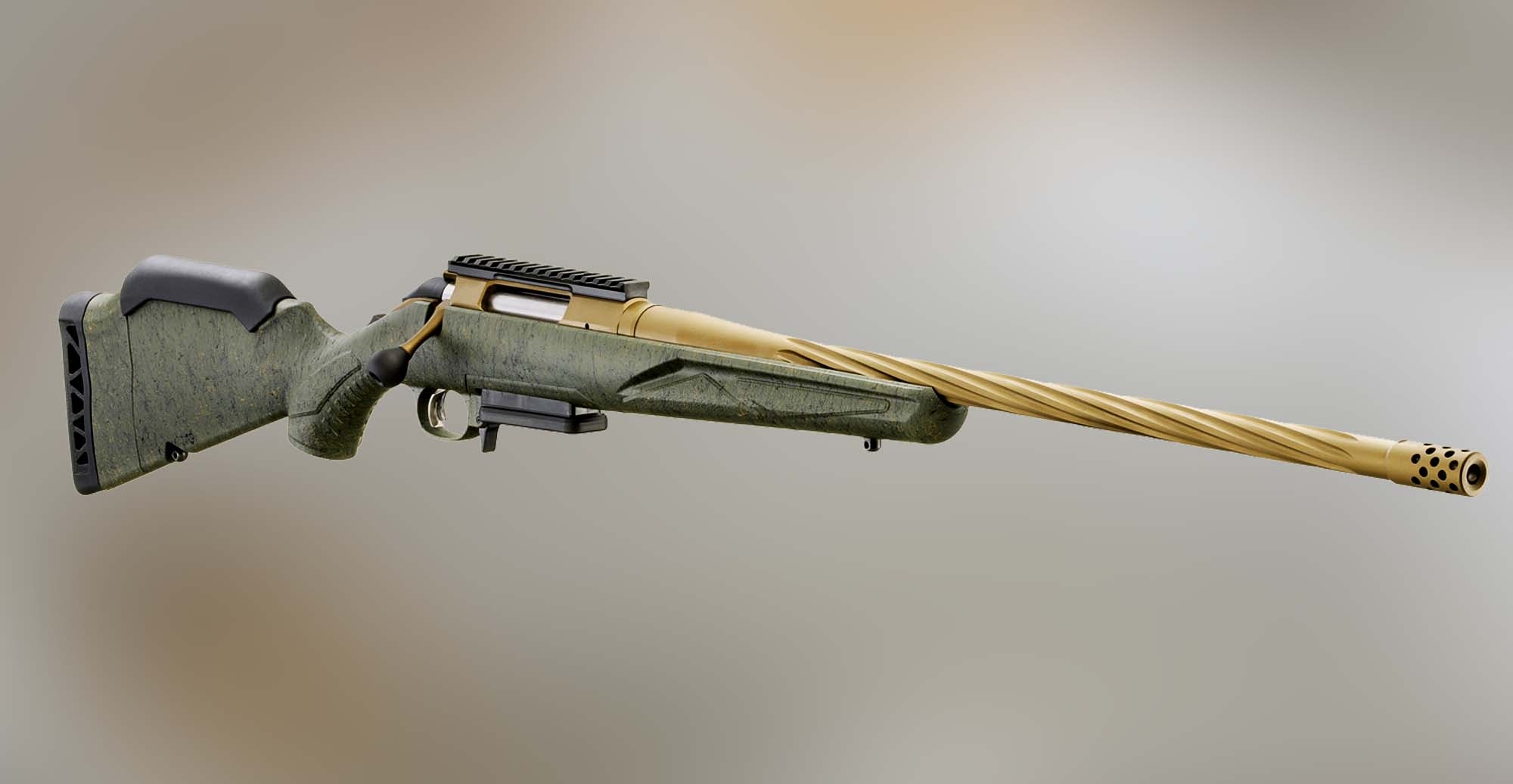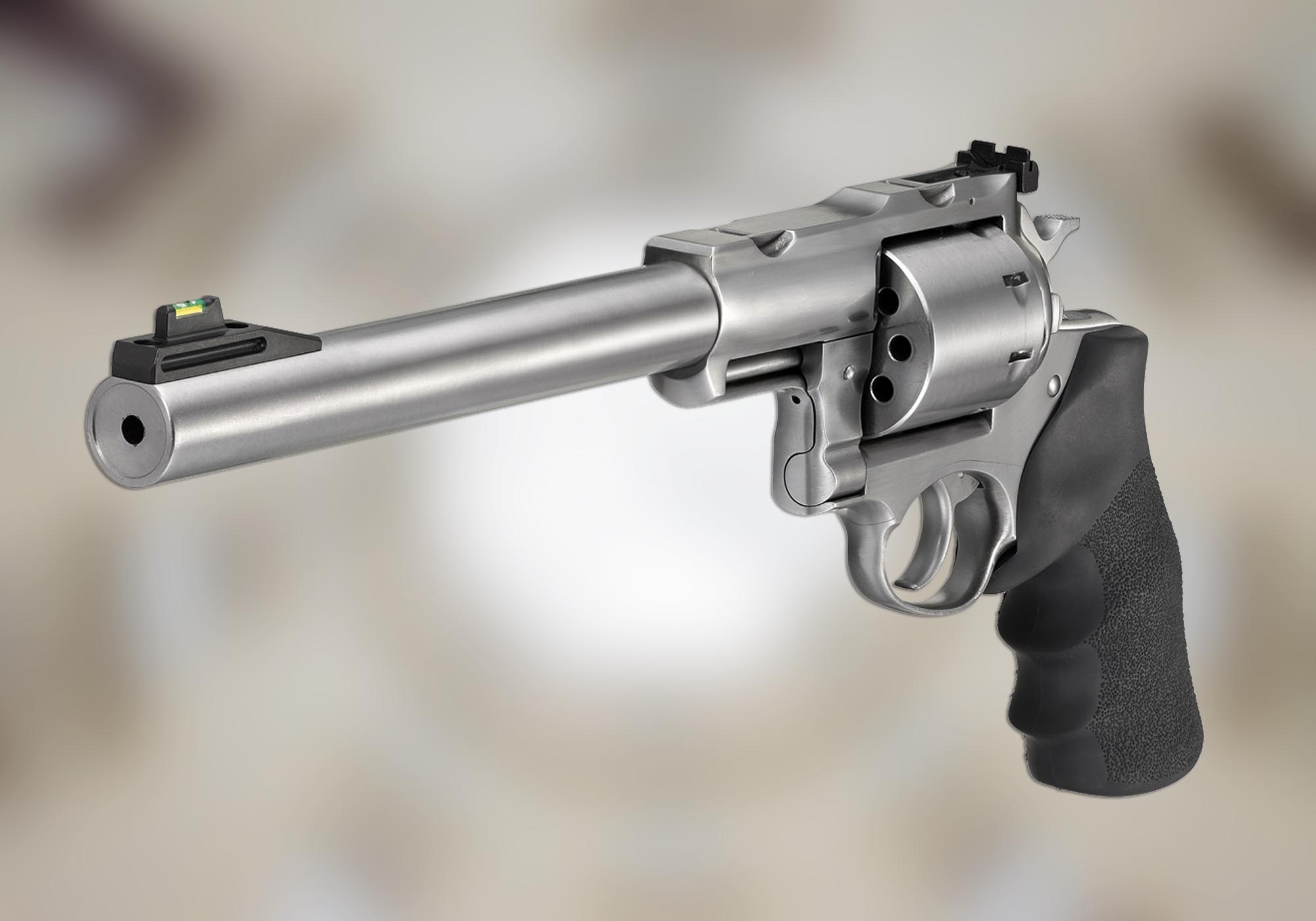Two big names together for a new gun: Ruger and Magpul have just announced the introduction of the RXM 9mm pistol, a polymer-frame striker firer that, according to the claim, “sets itself apart”.

How? First, thanks to its customization, versatility and flexibility features: the RXM uses a removable stainless steel Fire Control Insert (FCI) set inside an interchangeable Magpul Enhanced Handgun Grip (EHG).
Moreover, as part of their ongoing collaboration, Ruger and Magpul will be offering a variety of grip frames so that consumers can customize their pistol.
Ruger is a well known and respected US-manufacturer. Their legacy consists of products like the 10/22, the Mark series of .22 pistols, the Single-Six, Blackhawk, and Redhawk revolvers, the M77 Hawkeye, and, more recently, the American series of rifles. With semi-auto pistols, Ruger has focused more on budget with the LCP Max, Security-9, EC9s, and others. So let's have a look at the new model.
Ruger RMX pistol, customizable and optics-ready of course

Let's be honest: when we talk about polymer-framed, striker fired pistols, the touchstone is the ever-popular Glock models. Ruger and Magpul perfectly know that, and actually emphasize that most major components of their new gun are designed for Glock Gen3 compatibility (they are designed to operate in Gen 3-type pistols) and are compatible with many off-the-shelf holsters and accessories for nearly unlimited customization. Not just that: the RXM is designed to use 9mm magazines compatible with compact or double-stack Glock pistols, including Magpul GL9 magazines.

Being a modern carry gun, the RXM is clearly optics-ready: the slide allows for direct optic mounting of RMR, Delta Point Pro (DPP), and RMSc pattern optics. Steel sights are co-witness height and feature a tritium front night sight for effective use in any lighting condition. Rear sight is drift adjustable.
Barrel is 4”/102 mm long for a pretty compact design overall, while capacity is 15+1 rounds.

Premium features include Magpul's 3/4-scale TSP frame texture, which provides a comfortable, secure grip. Following the latest trends, the pistol also features a flat-faced trigger, front cocking slide serrations, textured indexing pads for consistent finger / thumb placement, low-profile and flared magazine well for quick magazine changes, trigger guard undercut, beaver tail for high grip and better control. The universal-pattern accessory rail allows for the mounting of lights and lasers. Magazine release is extended (with scallop for easy access) and the slide stop is raised. All metal parts have a black FNC nitride finish. Safety features include the usual integrated trigger safety, an internal striker blocker and a chamber inspection port for status check. The RMX ships with two Magpul PMAG 15 GL9 15-round magazines and a co-branded plastic carry case.
So far so good. But what about price? Ruger guns are well known for very accessible prices, and Magpul for its performance-improvement-focused accessories: the result is an attractive price tag of $499.
Ruger RXM technical specifications and price
| Caliber: | 9mm |
| Barrel Length: | 4"/102 mm |
| Overall Length: | 181 mm |
| Width: | 25 mm |
| Height: | 135 mm |
| Capacity: | 15+1 rounds |
| Sights: | Front: tritium, co-witness height; rear: drift adjustable |
| Optics Ready: | Yes |
| Weight: | 658 g |
| Price (MSRP in the US): | $499 |
Ruger RXM – a Glock clone? A comment from all4shooters.com
The RXM is Ruger’s newest offering. But they couldn’t do it alone: they needed a partner like Magpul. While it’s a Glock clone, it enhances the classic polymer duty pistol. First, Ruger built a stainless-steel Fire Control Insert (FCI) that is serialized and can be easily removed from the chassis. Magpul, with its polymer know-how, designed and built the frame for the FCI to reside in (dubbed the Enhanced Handgun Grip, EHG). Magpul will offer a variety of grip frames, so that buyers can customize their pistols to meet shifting tastes and personal needs. We are talking about size, texture and colors.
As already mentioned, there is a universal-pattern accessory rail for lights and other devices, and the black FNC nitride slide finish of the new Ruger RXM should withstand consistent holster wear. The slide also allows for direct optic mounting of RMR, Delta Point Pro and RMSc pattern optics and no adapters are needed. Ruger added front serrations. They aren’t aggressive but get the job done and look indeed like a Glock.
Finally, we have to conclude: at first glance the new Ruger looks cheaper in quality compared to the original Glock – and it's cheaper indeed, if we consider the announced US price. It must in fact be noted that there are a lot of other and more sophisticated clones out in the market – for example, from Shadow Systems and ZEV Technologies. Moreover, the Fire Control Insert (FCI) of the Ruger RXM is (like so often) a clone of the SIG Sauer P250/320.
Indeed the Glock 19 model is omnipresent – worldwide! Glock revolutionized the firearms world by introducing an ultra-reliable polymer-framed striker-fired pistol. At first, it was confronted with criticism: how could a "plastic gun" be better than the classic steel and hammer pistols that had been on the market for so many years? Actually, Glock is still the "gold standard" in this segment. However, in recent years, something has changed. Glock had to deal with increased competition. And the Gen 3 design is no longer protected by patents: it's now a kind of "public domain".
But this leaves one important question open: does the market really need this kind of additional clone? As usual, time will tell.



